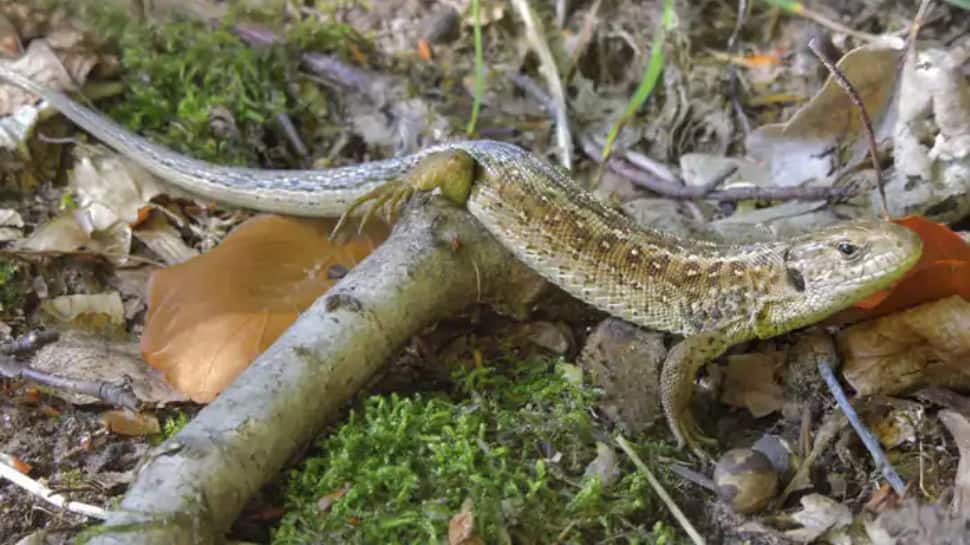Not just lizards, but these reptiles can also regrow their tails (Zee News ) - Reptilenesia
 Washington: A team of researchers from Arizona State University and the Louisiana Department of Wildlife and Fisheries has found that young alligators have the ability to regrow their tails up to three-quarters of a foot, or 18 per cent of their total body length. Not just lizards, but these reptiles can also regrow their tails (Zee News ) - ReptilenesiaAn interdisciplinary team of scientists used advanced imaging techniques combined with demonstrated methods of studying anatomy and tissue organization to examine the structure of these regrown tails. They found that these new tails were complex structures with a central skeleton composed of cartilage surrounded by connective tissue that was interlaced with blood vessels and nerves. They speculate that regrowing their tails gives the alligators a functional advantage in their murky aquatic habitats. The findings are published in the journal Scientific Reports. "What makes the alligator interesting, apart from its size, is that the regrown tail exhibits signs of both regeneration and wound healing within the same structure," said Cindy Xu, a recent PhD graduate from ASU`s molecular and cellular biology program and lead author of the paper. "Regrowth of cartilage, blood vessels, nerves, and scales were consistent with previous studies of lizard tail regeneration from our lab and others. However, we were surprised to discover scar-like connective tissue in place of skeletal muscle in the regrown alligator tail. Future comparative studies will be important to understand why regenerative capacity is variable among different reptile and animal groups," added Xu. "The spectrum of regenerative ability across species is fascinating, clearly there is a high cost to producing new muscle," said Jeanne Wilson-Rawls, co-senior author and associate professor with ASU`s School of Life Sciences. "Staff biologists in our Alligator Research and Management Program have been pleased to partner with Dr. Kusumi at Arizona State University for many years," said Ruth M Elsey, a Biologist Manager with the Louisiana Department of Wildlife and Fisheries. "We see alligators in the field with some indication of possible regrowth of tail tissue, but their expertise led to the current study detailing the histological changes associated with the capacity for possible partial tail regrowth or wound repair," added Elsey. Alligators and lizards belong to a group of animals with backbones called amniotes. While the interdisciplinary team has previous studied the ability of lizards to regenerate their tails, this finding of regrowth of complex new tails in the alligator gives further information about the process in amniotes. "Are there fossils out there of dinosaurs, whose lineage led to modern birds, with regrown tails? We haven`t found any evidence of that so far in the published literature. "If we understand how different animals are able to repair and regenerate tissues, this knowledge can then be leveraged to develop medical therapies," said Rebecca Fisher, co-author and professor with the University of Arizona College of Medicine-Phoenix and ASU`s School of Life Sciences. The researchers hope their findings will lead to discoveries of new therapeutic approaches to repairing injuries and treating diseases such as arthritis. |




